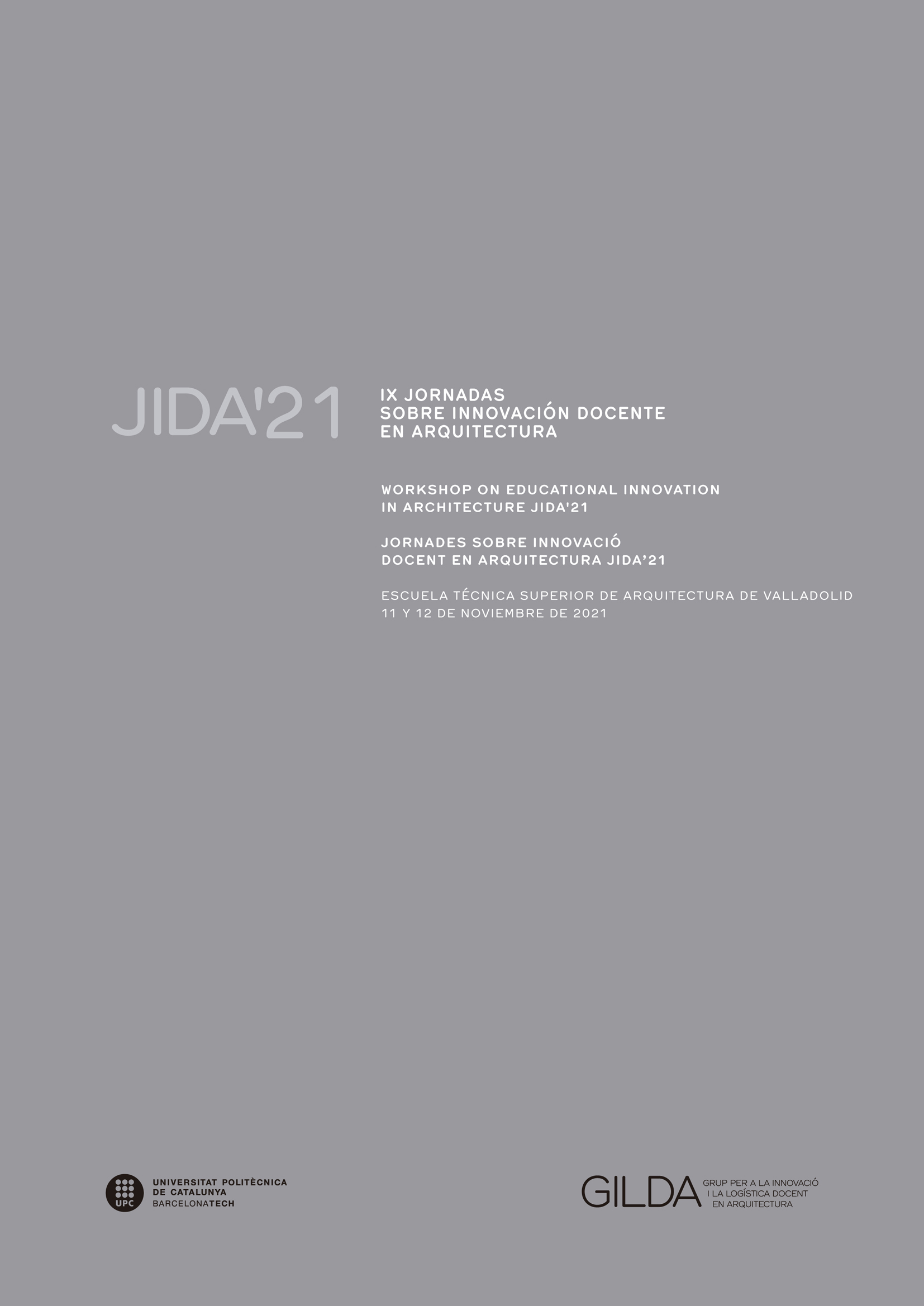La Olla Común: una etnografía arquitectónica
DOI:
https://doi.org/10.5821/jida.2021.10499Palabras clave:
ollas comunes, etnografía arquitectónica, trabajo de campo, dibujo, investigación en arquitecturaResumen
En un contexto de crisis, marcado por la pandemia global y el Estado de Excepción, resurgió una práctica espacial, de base histórica y de tradición asociativa entre comunidades populares en Chile, denominada: la Olla Común. Utilizando un marco definido desde el cruce metodológico entre la arquitectura y la etnografía, los estudiantes del taller de investigación, desarrollaron una exploración en estas organizaciones, a partir de la realización de trabajo de campo durante un periodo de 12 semanas, lo que les permitió participar del cotidiano de las personas. En dicha instancia se aplicaron diversas técnicas tales como: observación participante, entrevistas y encuestas, las cuales fueron complementadas con las herramientas propias de nuestra disciplina, como son los sistemas de representación arquitectónica. Esta aproximación buscó retomar una tradición de trabajo con actores, comunidades y barrios, experiencia que, además, introdujo a los estudiantes en la realización de investigación cualitativa en arquitectura.
Citas
ABÁSOLO, J. (2021). "El Arquitecto como Etnógrafo. Trabajo de campo y representación en las investigaciones de Kon Wajirō, 1917-31." en Revista Indexada De Textos Académicos, vol.15 p. 116-125.
CAUSEY, A. (2017). Drawn to See. Drawing as an Ethnographic Method. Toronto: University of Toronto Press.
GALLARDO, B. (1985). Las Ollas Comunes de La Florida como experiencia de desarrollo de la organización popular. Santiago de Chile: Programa FLACSO.
GALLARDO, B. (1987). El redescubrimiento del carácter social del hambre: las ollas comunes. Santiago, Chile: P.E.T.
GUBER, R. (2011). La etnografía. Método, campo y reflexividad. Buenos Aires: Siglo XXI Editores.
GARCÉS, M. (2002). Tomando su sitio. El movimiento de pobladores de Santiago, 1957-1970. Santiago de Chile: Ediciones LOM.
HARDY, C. (1986). Hambre + Dignidad = Ollas Comunes. Santiago de Chile: Programa de Economía del Trabajo, Academia de Humanismo Cristiano.
KAIJIMA, M.; STALDER, L.; y ISEKI, Y. (2018). Architectural Ethnography. Tokyo: TOTO Publishing.
KALPAKCI, A.; KAIJIMA, M.; y STALDER, L. (2020). “Einführung.” en ARCH+, vol.52, no 238, p.3
LEFEBVRE, H. (2013). La producción del Espacio. Madrid: Capitán Swing.
PORTAL, F. (2019). “La Bienal de Arquitectura y la implantación del Neoliberalismo. La paulatina transformación de la profesión del arquitecto en Chile, 1977-1983” en Revista Indexada De Textos Académicos, vol.12 p. 132-139.
TOBERT, N. (2000). Anegondi: An Architectural Ethnography of a Royal Village. New Delhi: Manohar Publishers.






















